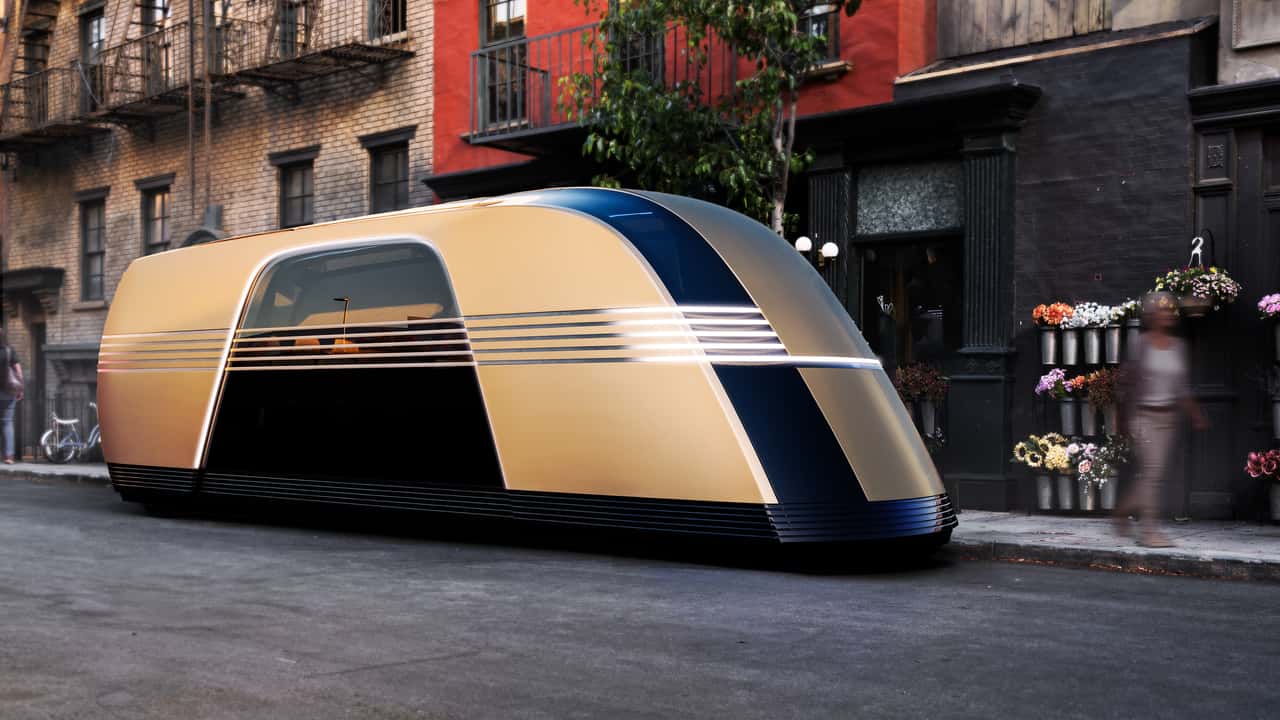During a recent reveal event, Tesla showcased its vision for an autonomous future, prominently featuring the highly anticipated Tesla Robotaxi. However, the spotlight also shone on the new Robovan concept, an ambitious vehicle that exemplifies the company’s forward-thinking approach. Led by Elon Musk, the event highlighted the Robovan as a significant step in the evolution of transportation, emphasizing its potential impact on how people and goods are moved.
The Robovan, despite its name suggesting a more compact vehicle, resembles a hybrid between a bus and a train car, evoking comparisons to vintage locomotives with its art-deco design. Musk confidently proclaimed, “We’re going to make this, and it’s going to look like that,” illustrating his vision for the vehicle. The Robovan’s unique shape and size challenge traditional notions of what a van should be, pushing boundaries in the quest for autonomous transportation solutions.
In keeping with Tesla’s commitment to autonomy, the Robovan will not feature a steering wheel or pedals, echoing the design of the Robotaxi. The interior has been described as reminiscent of a dentist’s waiting room, offering a comfortable atmosphere enhanced by mood lighting. The layout includes multiple rows of seats facing each other, maximizing space for passengers.

Notably, the vehicle can accommodate up to 20 people, making it a versatile option for both personal and commercial use, with large wall-mounted displays enhancing the passenger experience.
While Tesla has provided a tantalizing first look at the Robovan, many details remain unclear. Musk hinted at the vehicle’s adaptability for various uses, yet specific information regarding its pricing or production timeline was notably absent. This leaves potential buyers and industry observers eager for more concrete data on the Robovan’s specifications and market readiness, as the company has historically been secretive about its upcoming models.
Looking ahead, there is currently no established timeline for when the Robovan will enter production. Based on Musk’s comments, a launch could be expected by 2027 at the earliest, given that the smaller Robotaxi is not scheduled to begin production until 2026.
The introduction of these vehicles is contingent on obtaining regulatory approval for Tesla’s Full Self-Driving software, which will be pivotal in determining the future of both the Robovan and the Robotaxi. Musk’s acknowledgment of his tendency to be optimistic about timelines adds an additional layer of complexity to the Robovan’s anticipated rollout.

